A Bangladeshi community building by Anna Heringer wins Obel Award 2020
German architect Anna Heringer's Anandaloy project in rural Bangladesh scoops the prestigious Obel Award for 2020
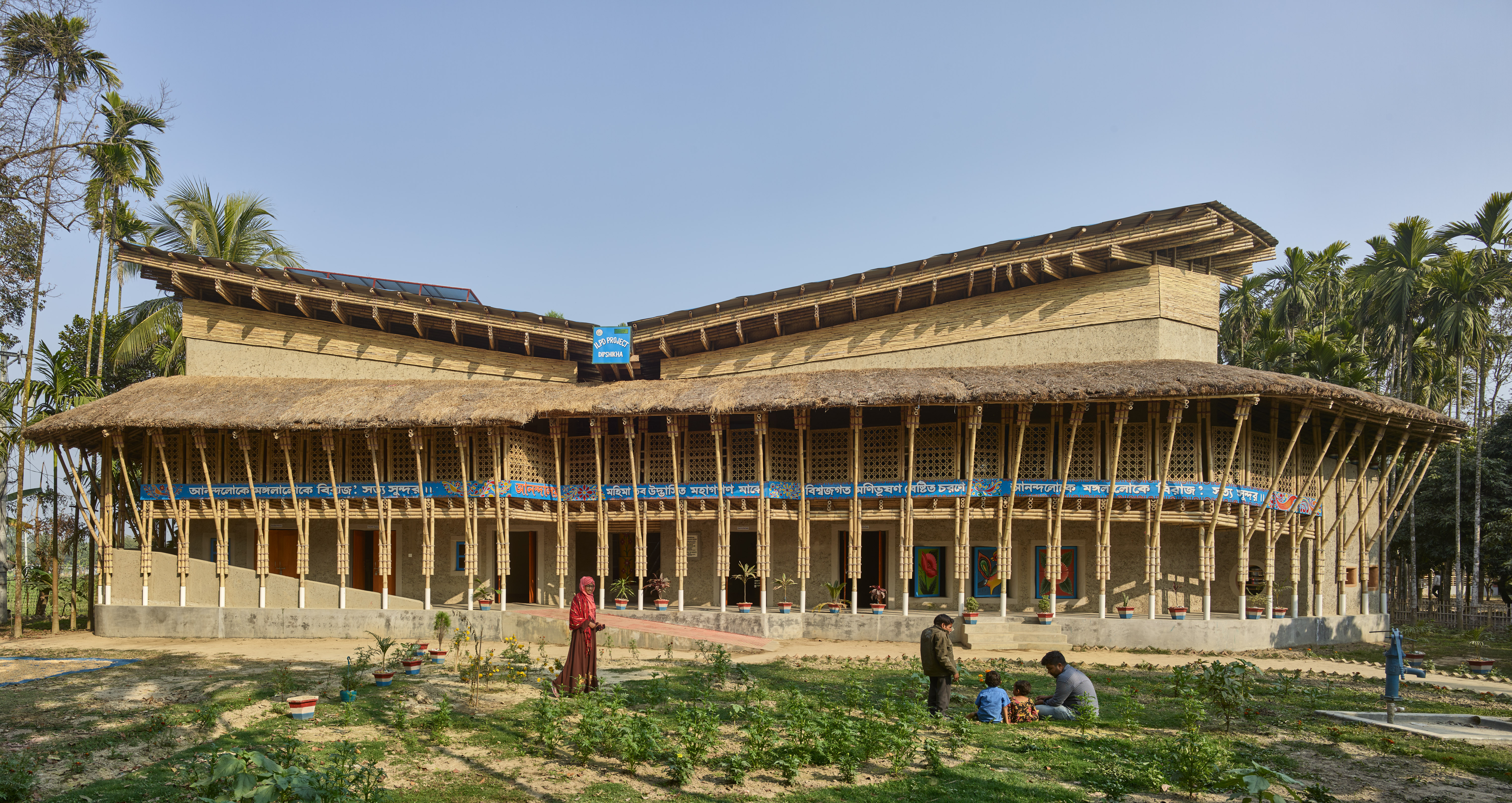
Kurt Hoerbst - Photography
Anandaloy, a community therapy centre and textile workshop in rural Bangladesh, and its creator, German architect Anna Heringer, have been presented with the second ever Obel Award. The Danish architecture honour, whose inaugural winner, Junya Ishigami's Art Biotop Water Garden, was announced about a year ago, is given annually to a building or architectural project that showcases excellence in architectural achievement.
Anandaloy, which means ‘place of deep joy', contains a therapy centre for people with disabilities on the ground floor and a fair-trade textile manufacturing workshop for local women on the first floor. Made out of rammed earth and bamboo, the structure explores age-old local building techniques in soft curves and textures that connect with its place and the region's vernacular.
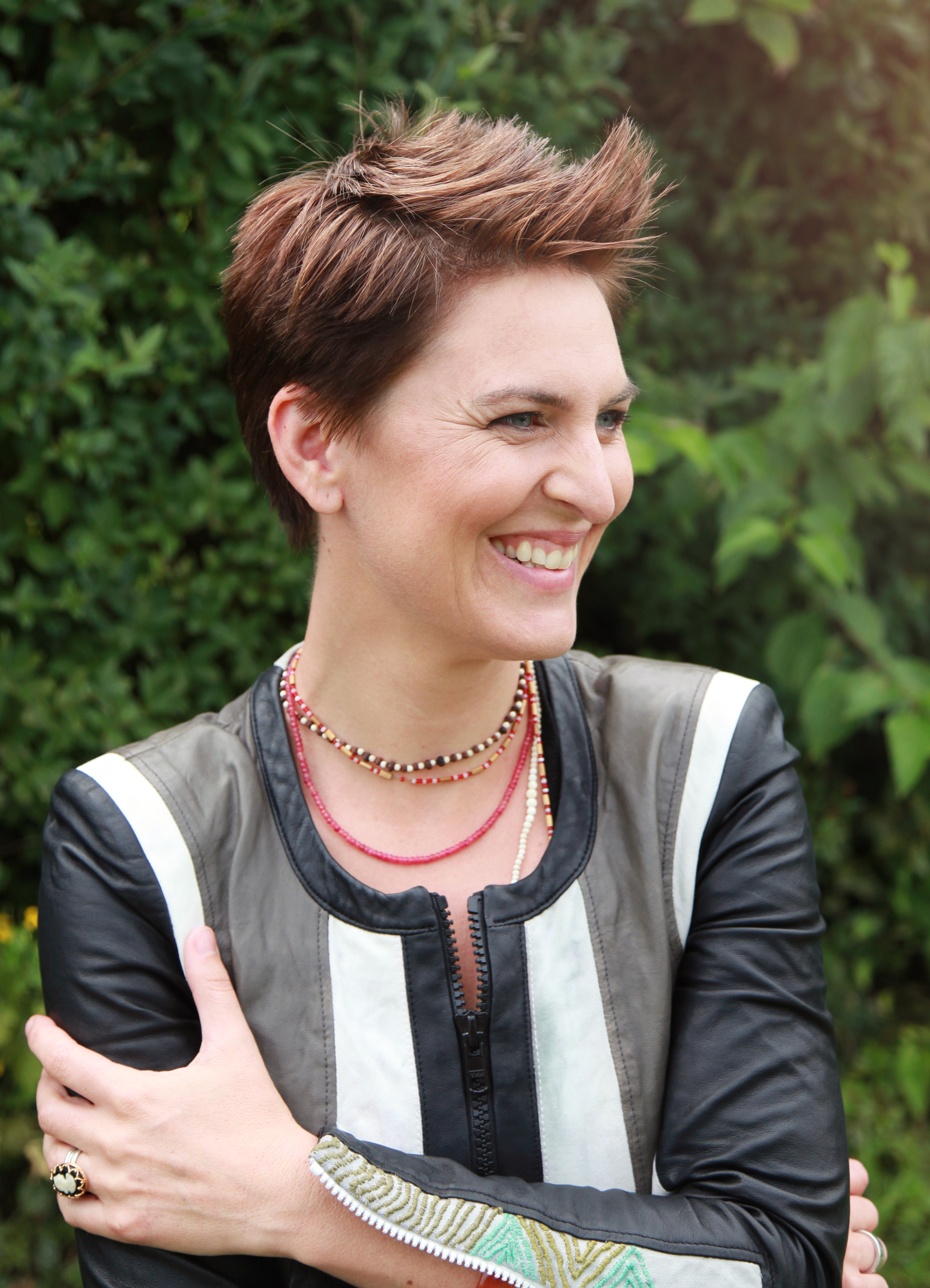
‘The key motivation always is to use architecture as a tool to improve lives,' says the architect, who has spent part of her life in Bangladesh, is the UNESCO Chair of Earthen Architecture, Building Cultures, and Sustainable Development and focuses on the use of natural and readily available building materials.
‘The vision behind, and motivation for my work is to explore and use architecture as a medium to strengthen cultural and individual confidence, to support local economies and to foster the ecological balance. Joyful living is a creative and active process and I am deeply interested in the sustainable development of our society and our built environment. For me, sustainability is a synonym for beauty: a building that is harmonious in its design, structure, technique and use of materials, as well as with the location, the environment, the user, the socio-cultural context. This, for me, is what defines its sustainable and aesthetic value.'
RELATED STORY

Respecting local heritage and crafts, the project was made using only local materials, construction methods and workforce. This - climate-positive design and sustainability on all levels - was a key aspect in the judging process. The jury this year included Martha Schwartz (founder, Martha Schwartz Partners, USA), Kjetil Trædal Thorsen (co-founder, Snöhetta, Norway), Louis Becker (design principal and partner, Henning Larsen, Denmark), Dr Wilhelm Vossenkuhl (professor emeritus of philosophy, Germany), and XU Tiantian (founding principal, DnA, Beijing, China).
‘The Anandaloy building is not only a spatial solution to a number of both basic and specific human needs, the project as a whole is a multi-layered response to the challenge of mending by cleverly interweaving sustainable, social, and architectural design,' says the judging panel in a statement.
Louis Becker, lead partner and design principal of Henning Larsen Architects, has been involved in setting up the award since its inception: ‘This prize was set up to promote new possibilities and the different directions architecture could have. This year, the winning project has a very direct social impact - it is doing something every day to change the lives of people locally. It also showcases what you can do by using local knowledge. It is very much aligned with what we wanted to do when we created the award.'
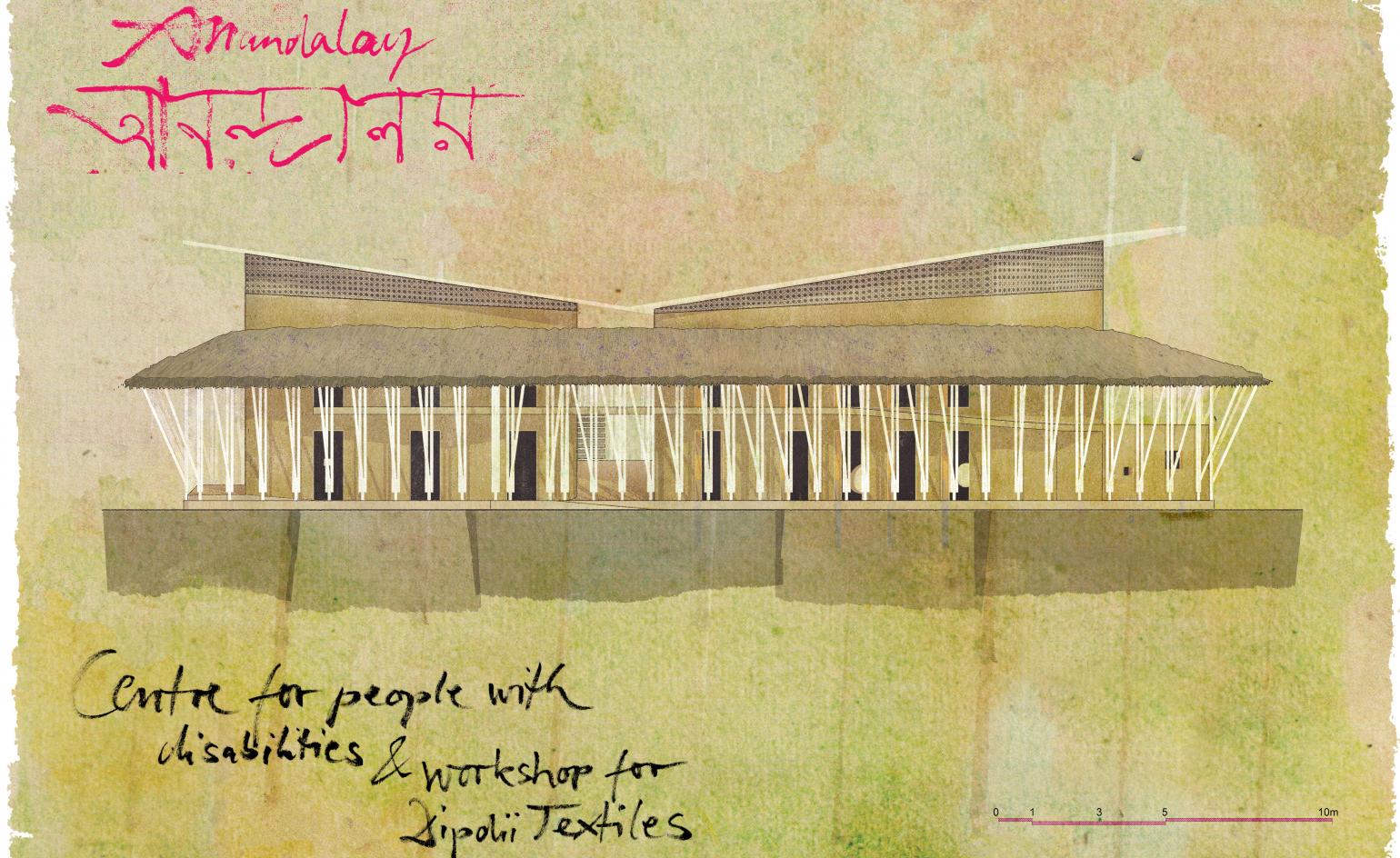
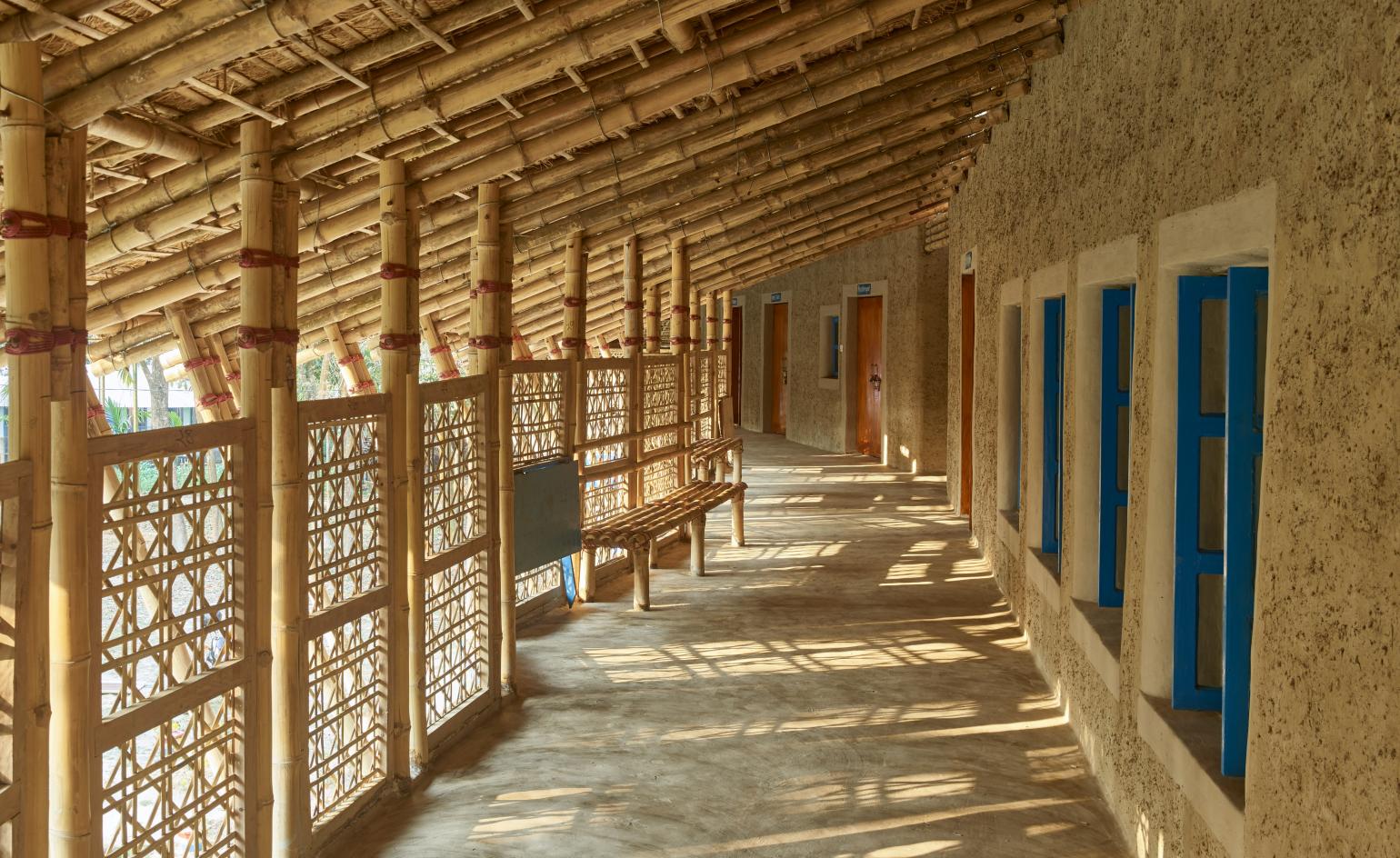
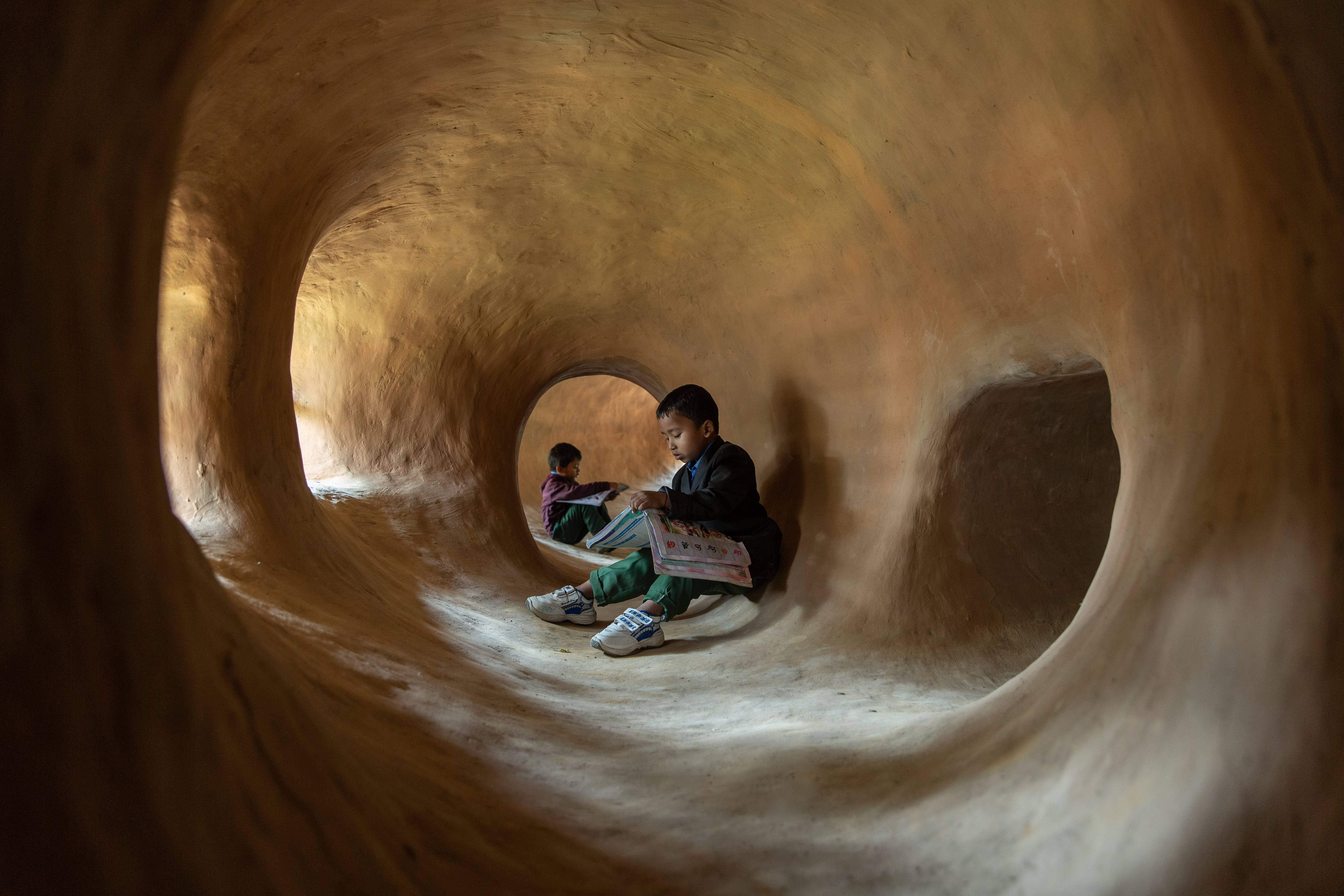
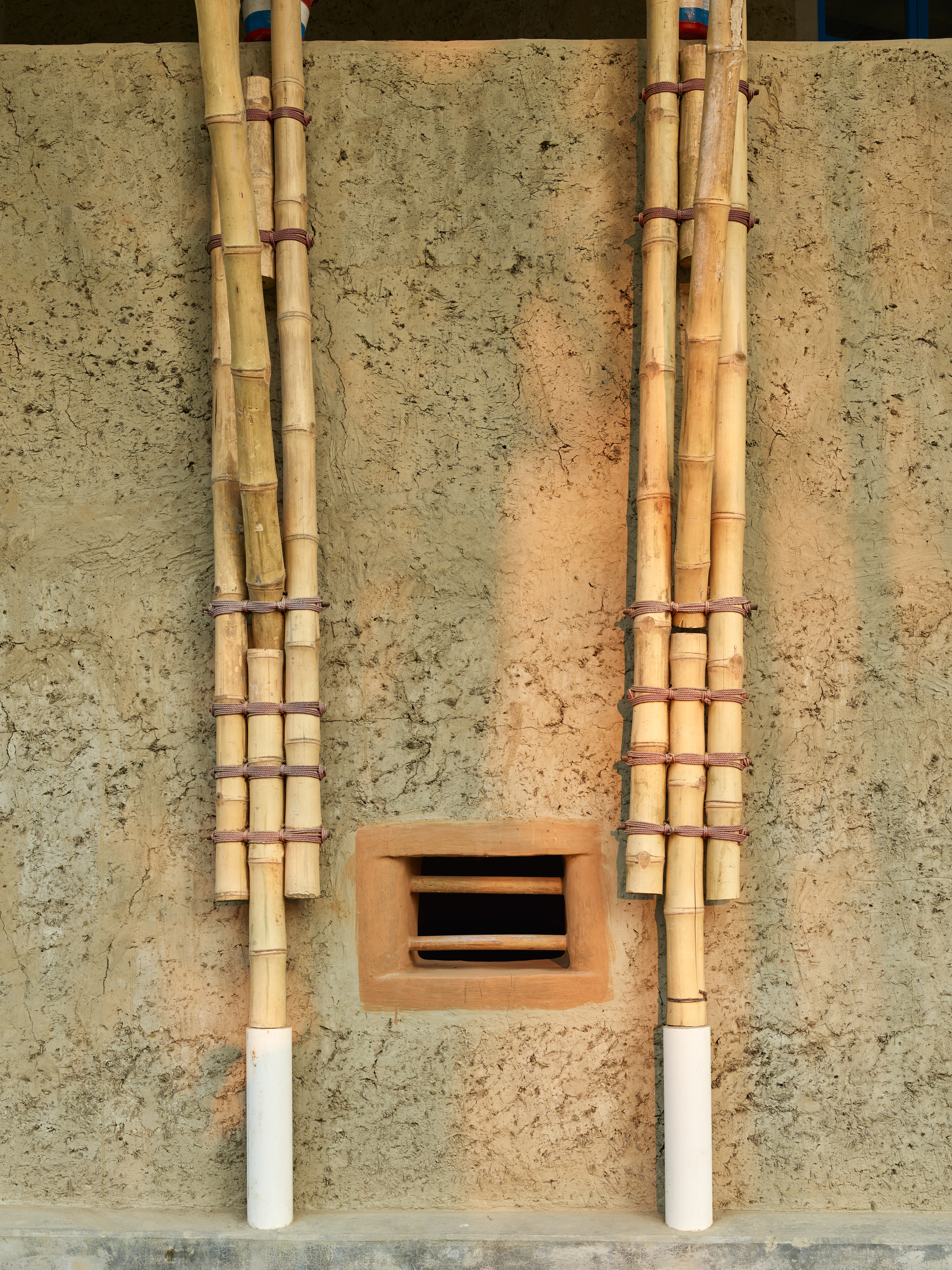
INFORMATION
anna-heringer.com; obelaward.org
Receive our daily digest of inspiration, escapism and design stories from around the world direct to your inbox.
Ellie Stathaki is the Architecture & Environment Director at Wallpaper*. She trained as an architect at the Aristotle University of Thessaloniki in Greece and studied architectural history at the Bartlett in London. Now an established journalist, she has been a member of the Wallpaper* team since 2006, visiting buildings across the globe and interviewing leading architects such as Tadao Ando and Rem Koolhaas. Ellie has also taken part in judging panels, moderated events, curated shows and contributed in books, such as The Contemporary House (Thames & Hudson, 2018), Glenn Sestig Architecture Diary (2020) and House London (2022).
-
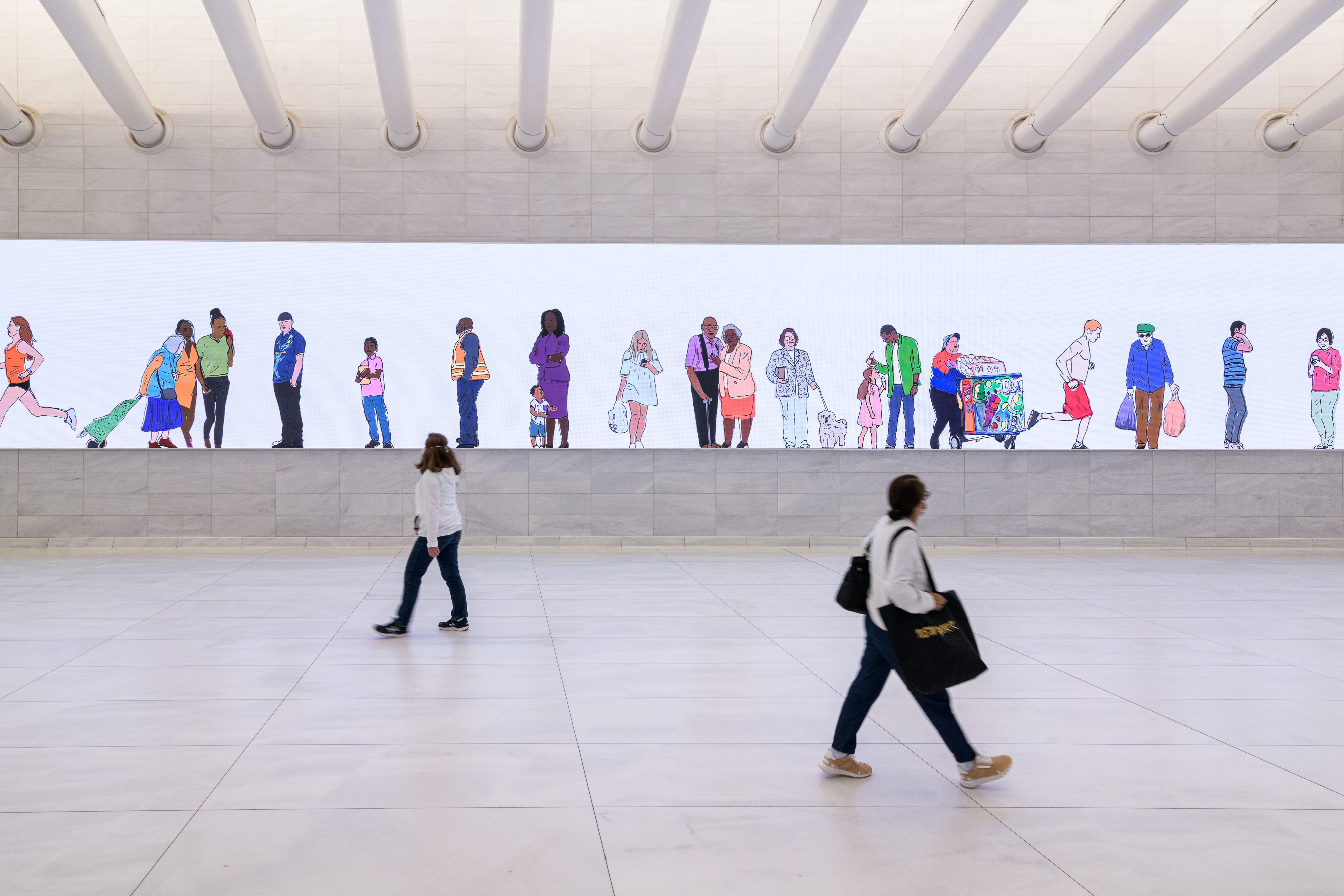 'Design at its most ambitious': meet the 2025 Royal Designers for Industry
'Design at its most ambitious': meet the 2025 Royal Designers for IndustryThe Royal Society for Arts announces the five new Royal Designers for Industry as well as two Honorary Royal Designers for Industry
-
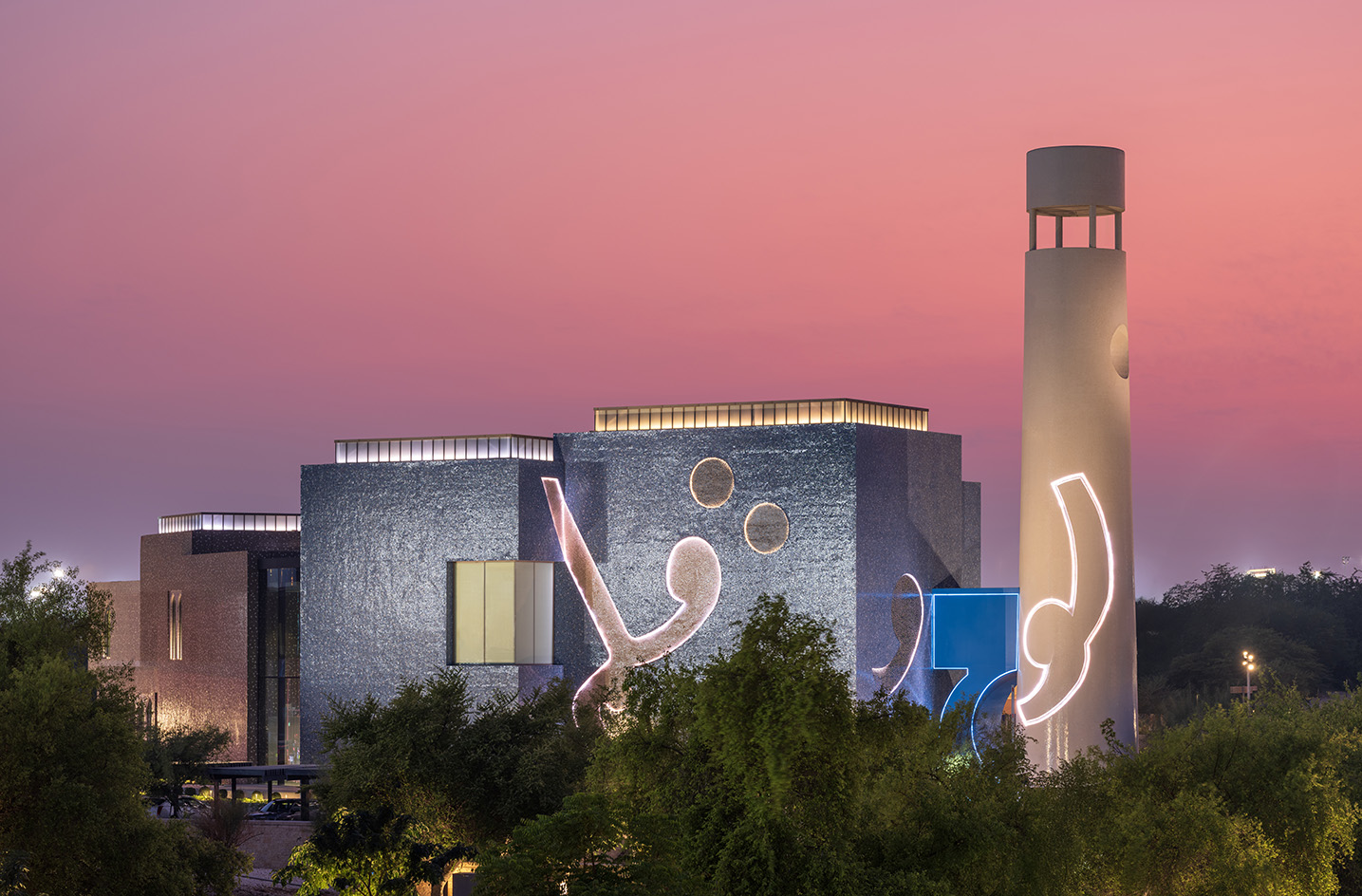 A new art museum brings colour, quirk and a celebration of creativity to Doha
A new art museum brings colour, quirk and a celebration of creativity to DohaLawh Wa Qalam: M. F. Husain Museum is awash with colour and character, courtesy of Indian architect Martand Khosla and the Qatar Foundation
-
 Out of office: The Wallpaper* editors’ picks of the week
Out of office: The Wallpaper* editors’ picks of the weekThis week, the Wallpaper* team had its finger on the pulse of architecture, interiors and fashion – while also scooping the latest on the Radiohead reunion and London’s buzziest pizza
-
 At the Holcim Foundation Forum and its Grand Prizes, sustainability is both urgent and hopeful
At the Holcim Foundation Forum and its Grand Prizes, sustainability is both urgent and hopefulThe Holcim Foundation Forum just took place in Venice, culminating in the announcement of the organisation's Grand Prizes, the projects especially honoured among 20 previously announced winning designs
-
 Archiboo Awards 2025 revealed, including prizes for architecture activism and use of AI
Archiboo Awards 2025 revealed, including prizes for architecture activism and use of AIArchiboo Awards 2025 are announced, highlighting Narrative Practice as winners of the Activism in architecture category this year, among several other accolades
-
 RIBA launches new awards – and for the first winners, we look to the Middle East
RIBA launches new awards – and for the first winners, we look to the Middle EastThe RIBA Middle East Award winners are announced today. The first of the organisation's two new territory awards series honours a women-only mosque, a luxury hotel, a city park and more
-
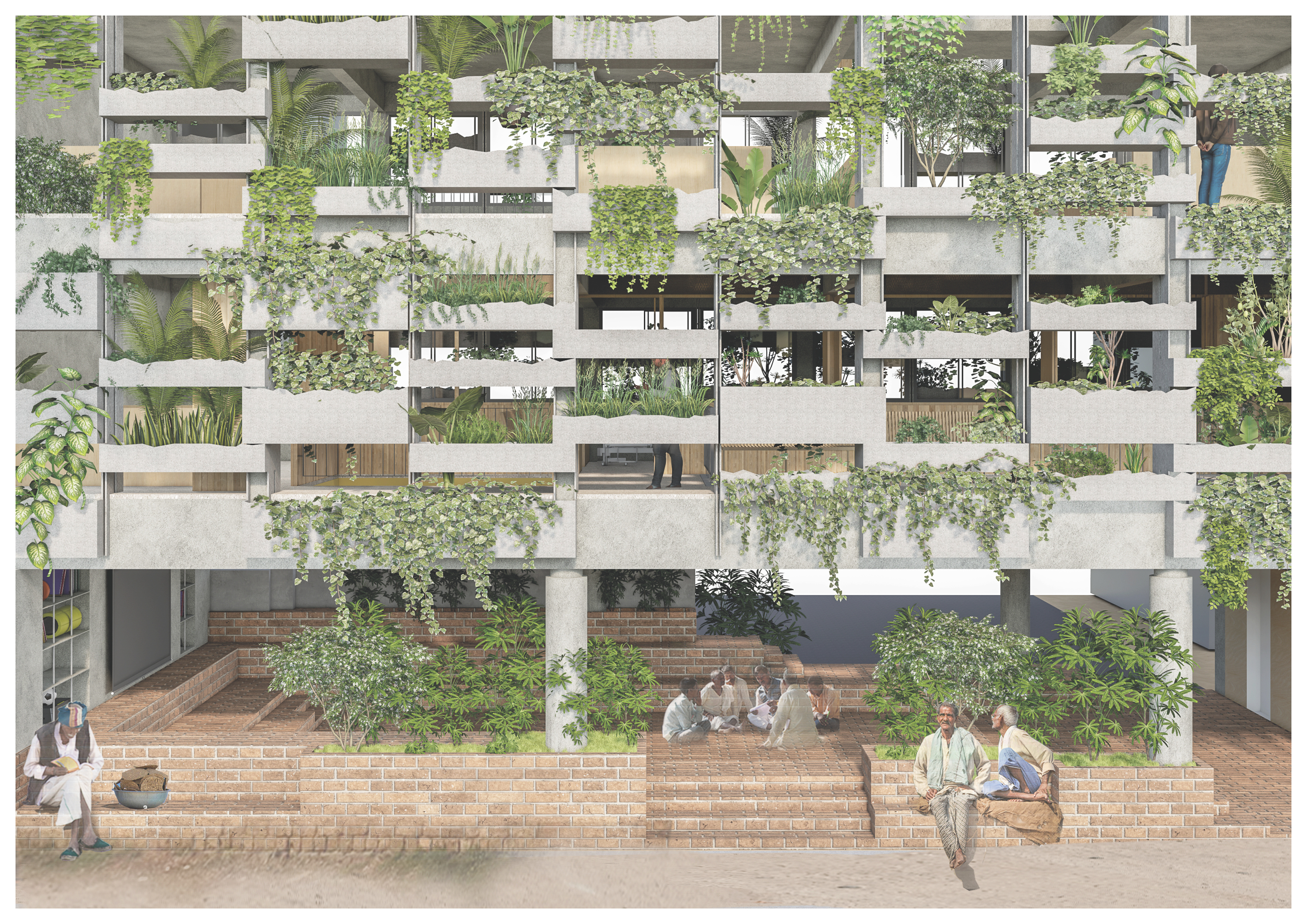 Holcim Foundation Awards celebrate sustainability with 20 winners; Sou Fujimoto explains all
Holcim Foundation Awards celebrate sustainability with 20 winners; Sou Fujimoto explains allThe 2025 Holcim Foundation Awards have just been announced, crowning 20 projects from across the globe as the most inspirational schemes in the field of sustainable architecture; we caught up with Asia Pacific jury chair Sou Fujimoto to find out more
-
 RIBA Stirling Prize 2025 winner is ‘a radical reimagining of later living’
RIBA Stirling Prize 2025 winner is ‘a radical reimagining of later living’Appleby Blue Almshouse wins the RIBA Stirling Prize 2025, crowning the social housing complex for over-65s by Witherford Watson Mann Architects, the best building of the year
-
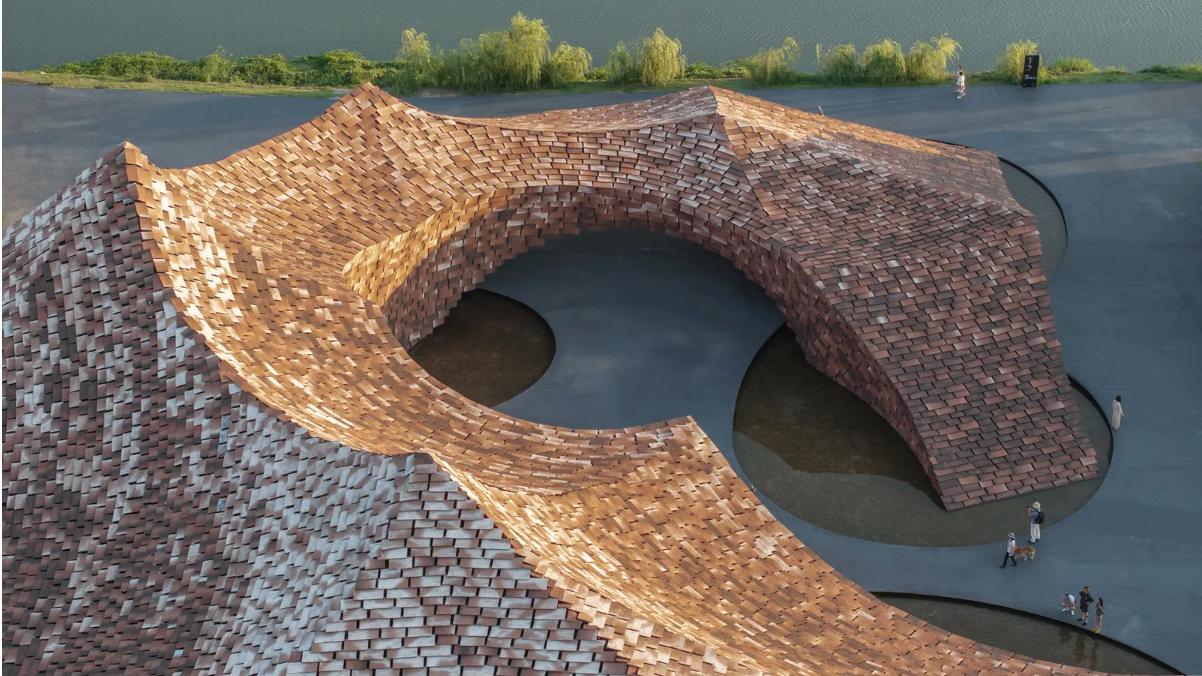 Are these the best brick and ceramic buildings in the world?
Are these the best brick and ceramic buildings in the world?The biannual Brick Award is back. Discover the shortlist of innovative buildings across the world, designed by architects thinking outside the box
-
 The wait is over – the RIBA Stirling Prize 2025 shortlist is here
The wait is over – the RIBA Stirling Prize 2025 shortlist is hereThe restored home of Big Ben, creative housing for different needs, and a centre for medical innovation – the RIBA Stirling Prize 2025 shortlist has just been announced, and its six entries are as diverse as they can be
-
 Colourful, impactful, bold: meet the Aga Khan Award for Architecture 2025 winners
Colourful, impactful, bold: meet the Aga Khan Award for Architecture 2025 winnersFrom resilient flood-proof homes in Bangladesh to a bold creative hub in Palestine, the seven winners of the Aga Khan Award for Architecture 2025 reimagine how buildings can foster community, resilience and cultural dialogue across Asia and Africa